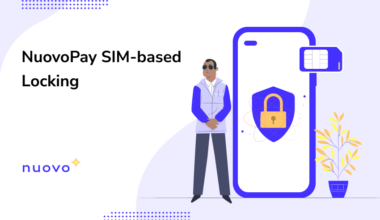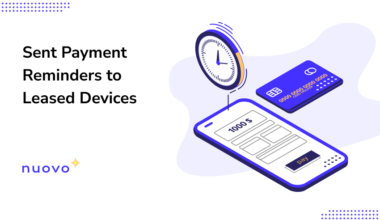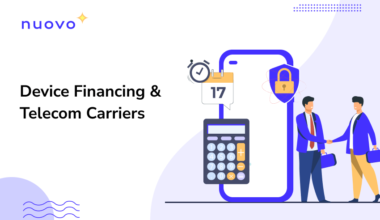Life without the internet is hard to fathom. The Internet allows millions of people globally to progress through daily life easily. But lack of internet access hinders people from obtaining critical information and services such as healthcare, education, e-commerce, financial services, and income-generating opportunities.
Today, 95% of the world’s population can access a mobile broadband network [1]. But the digital divide persists. The causes can range from device affordability, lack of digital skills, or the inability to get the most out of internet-enabled devices. Among these aspects of the digital divide, the ‘access divide’ is the most visible. It refers to the socioeconomic differences among people and their ability to afford mobile devices to get online.
Mobile Devices Still Expensive for Billions
3.4 billion people worldwide are not using mobile internet despite living in areas with mobile broadband coverage [2]. Most live in low to middle-income countries where the affordability of internet-enabled handsets is a key barrier.
High handset cost is the primary reason for resistance to smartphone ownership. In some cases, people pay more than 30% of their monthly income to purchase the cheapest smartphone available [3]. The rising prices of smartphones are making matters difficult. High manufacturing and retail costs, duties and taxes, and other logistical challenges are increasing the average selling price of smartphones.
Only a small group of people at the higher end of the medium to low-income segment can save money over time to purchase an entry-level smartphone. For the rest, it is difficult to make purchases through upfront payments.
Device Financing Addresses the Affordability Barrier
The most effective way to address the issue of upfront payments is device financing. It makes obtaining a smartphone more manageable by breaking up the upfront costs of mobile devices into manageable sums. It allows millions of individuals to unlock the valuable information needed to improve one’s quality of life.
For example, Kenyan telecom carrier Safaricom partnered with Google to launch a device financing initiative where entry-level smartphones were subsided to an average cost of USD 35. Although the initiative helped millions to own a smartphone, the high upfront cost was still a barrier for much of the population.
To address this, the partnership launched a device financing initiative that provides a flexible payment plan with a significant reduction in upfront payment and affordable daily fees. Similar models across underdeveloped and emerging markets provide access to those who cannot afford the upfront cost of a handset. However, device financing providers always run the risk of customers defaulting on payments.
Read More: How Device Financing Risk Management (DFRM) Platforms Help Telecom Carriers and Finance Companies
DFRM: A Fitting Platform to Support Device Financing
Stakeholders in the private sector (telecom carriers, financing institutions) help source affordable devices with device financing schemes to make it possible for more people from the bottom of the pyramid to access the internet. The device financing model has an inherent risk of bad debt—customers default on payment over the term.
Default risk discourages members from the private sector from taking part in closing the digital gap. One important way to make device financing sustainable is to provide telecom carriers and financial service providers with a mechanism limiting the default risk.
Telecom carriers and device financers can benefit by partnering with device financing risk management (DFRM) platform providers to minimize investment risks. Despite efforts to offer zero upfront fees and workable payment plans, a handful of people are bound to default within the payment period.
Using DFRM, organizations can manage financed smartphones from one place. They can push automated reminders and initiatives, encouraging people to make timely payments. Smartphones carry immense value in underdeveloped regions and are often at risk of theft. DFRM also restricts critical functionalities of handsets to prevent resale.
Wrapping Up
Owning a smartphone is critical to releasing the full potential of the internet. The gap between mobile internet penetration and smartphone users is wide, and device financing is crucial in making smartphones more accessible. NuovoPay is a cutting-edge DFRM solution for telecom carriers and financing institutions to drive cost-effective initiatives while limiting default risks.
References:





